1. Frogs as Symbols of Rain, Growth, and Prosperity
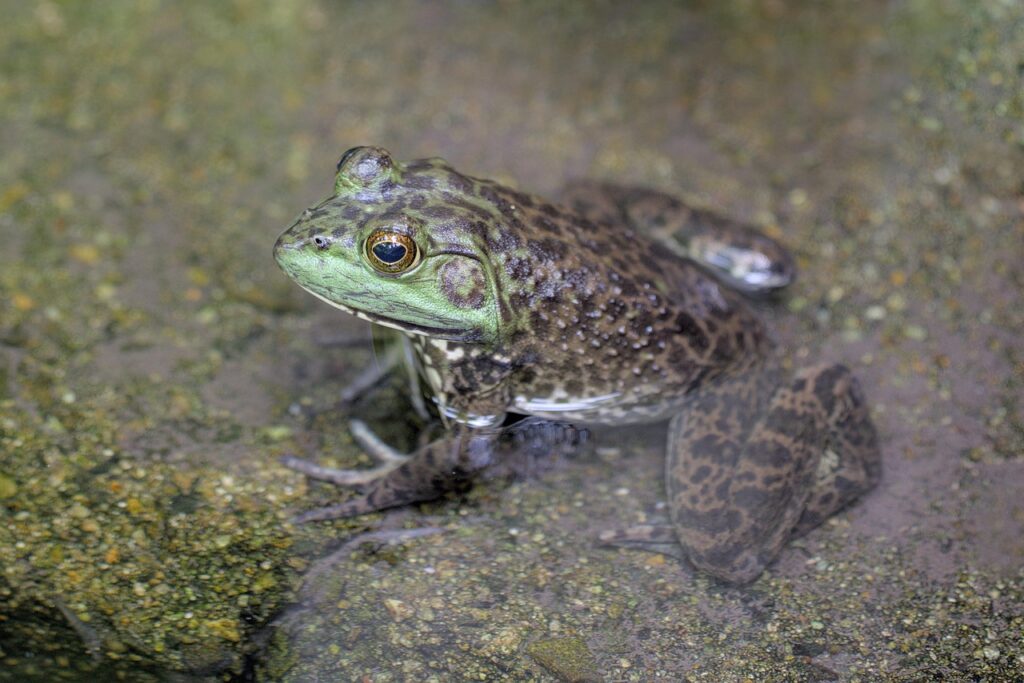
Growing up in the countryside, I loved the sound of frogs after a rain and the way their croaks seemed to mark the rhythm of life. Frogs were once symbols of growth and prosperity because their presence meant wetlands and fields were healthy and crops would thrive. Families relied on their signals for seasonal guidance and protection from pests, seeing them as natural allies in farming. Over time, as urban living replaced farm life, people stopped hearing those croaks and frogs became associated more with swampy places and annoyance rather than good luck, showing how meaning can shift with lifestyle.
2. Ladybugs as Blessings for the Harvest
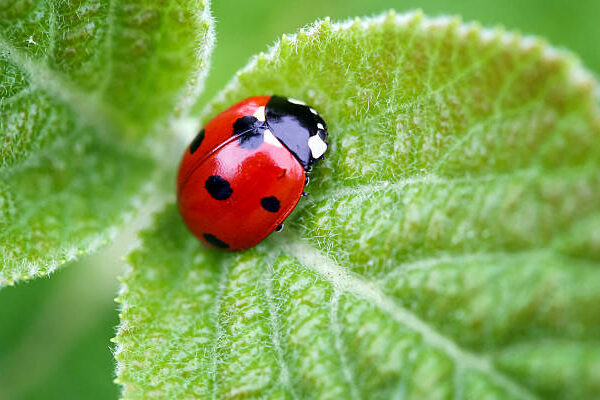
I remember seeing ladybugs on my window and feeling a small burst of hope. Once, farmers celebrated ladybugs because they protected crops by eating harmful insects and their appearance promised a good harvest. Children were taught to care for them as a sign of respect and reward. As farming modernized, pesticide use increased and the direct benefit of ladybugs became less obvious. The cultural association of ladybugs with luck faded, though many still admire them for their beauty. Their practical role was replaced by their charm, and the sense of everyday blessing gradually became more symbolic than lived experience.
3. Cricket as Home Guardian
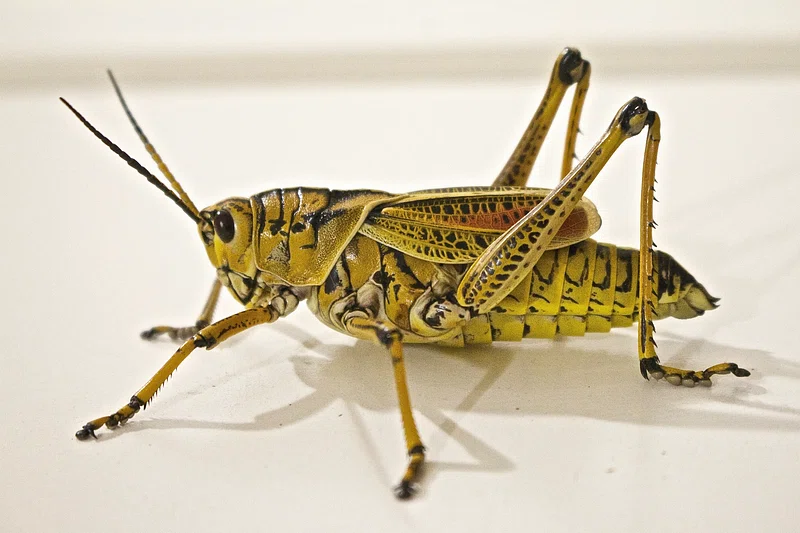
Crickets once filled homes with soft chirping, a sound people interpreted as a sign of peace and prosperity. Families believed a cricket’s song meant the household was safe, stable, and blessed. Some people even kept crickets in small cages as talismans to attract good fortune. As insulation, electronics, and modern pest control removed insects from living spaces, the comforting sound disappeared. Crickets became pests to remove rather than creatures to welcome. The cultural perception shifted because daily life no longer relied on hearing these natural signals. What was once an intimate connection to luck became a background memory that most people no longer recognize.
4. Tortoise as Longevity Anchor
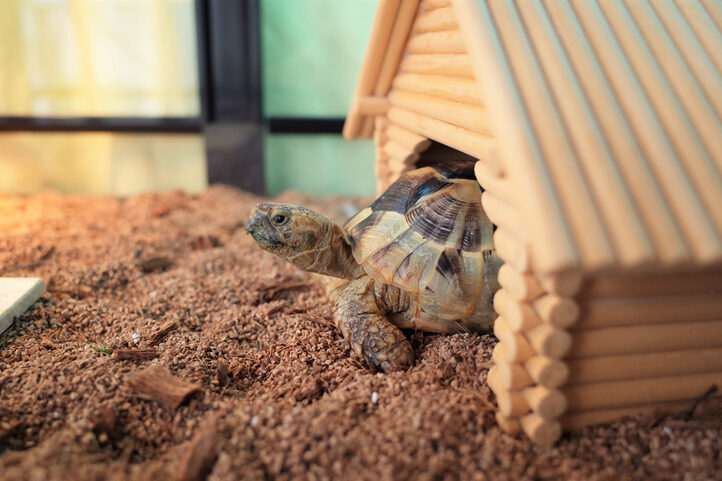
Tortoises were admired for their slow and steady lives, seen as symbols of wisdom, protection, and family stability. People often kept them in gardens or gifted them during special occasions, believing that a tortoise could root a household into the land and bring long-term blessings. As modern life grew faster and mobility increased, caring for a tortoise became less practical. Their symbolic role shifted from an active presence to metaphorical use in stories and artwork. The tortoise’s quiet, enduring message of patience and longevity remained, but it became more abstract, reminding us how cultural habits can alter our relationship with animals over time.
5. Snakes Once Seen as Healers and Protectors

Many ancient societies revered snakes as healers and protectors. Their ability to shed skin symbolized renewal and transformation, and they were valued for controlling rodents that threatened food stores. People respected snakes as allies in both nature and human wellbeing. Over time, religious stories, myths, and sensational media portrayed snakes as dangerous or evil, completely changing how people perceived them. The snake itself did not change, but the narrative surrounding it did. This shift shows how cultural interpretation can completely alter the meaning of an animal, turning a symbol of healing and protection into one of fear and mistrust.
6. Cat As Weather Guardian

Cats were once brought onto ships because sailors believed they could sense approaching storms and protect the crew by controlling rodents. Their presence was a sign of good fortune and safety. In some coastal towns, a cat choosing to come aboard was considered a blessing. Over centuries, cultural fears and superstition painted cats as mysterious or ominous creatures in certain regions. Their role shifted from practical and symbolic guardians to misunderstood animals often associated with bad luck. Today, cats are mostly seen as pets or companions, but their layered history reminds us how quickly perceptions can change when fear replaces understanding of an animal’s true role.
7. Cows as Symbols of Nourishment and Community Wealth
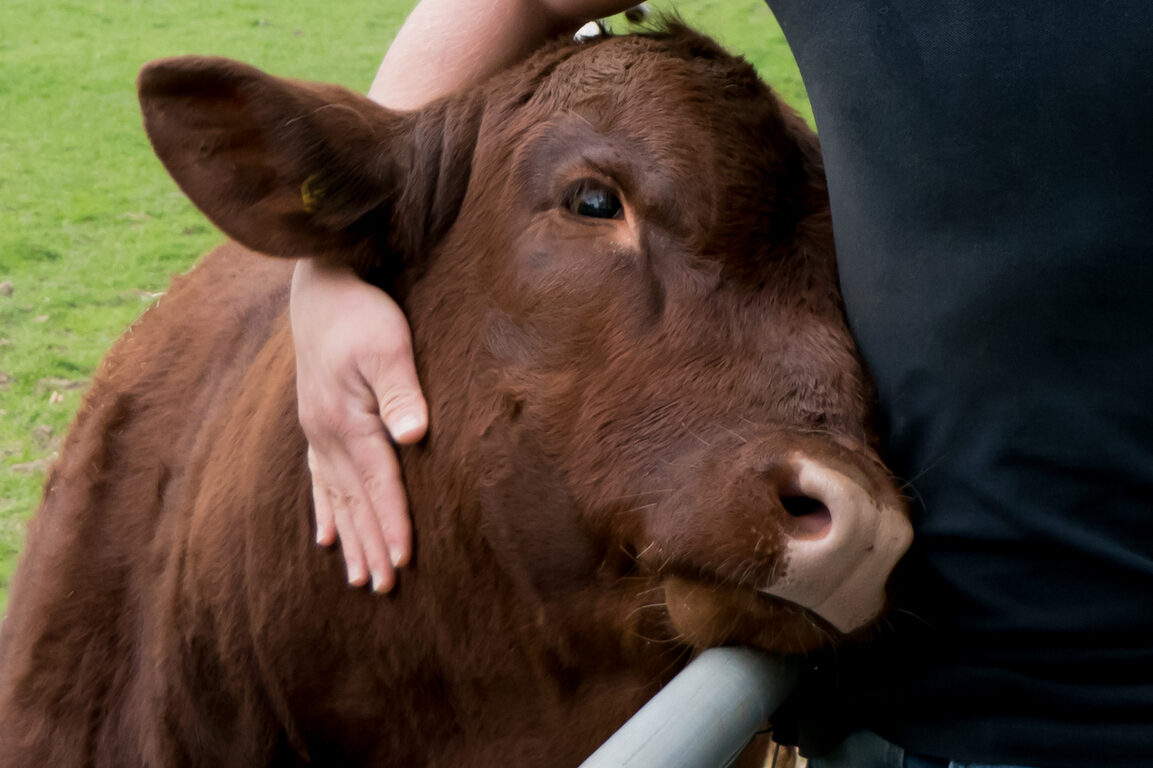
Cows were once central to household survival, providing milk, meat, and warmth, and were symbols of community wealth and nourishment. Owning a cow meant food security and family continuity, making it a sign of good fortune. As farming industrialized and families became more distant from direct animal care, cows became associated with industry rather than personal connection. The symbolism of the cow shifted from a living emblem of sustenance to a more abstract idea seen in packaging or storytelling. While cows remain important, their role as a tangible symbol of household prosperity has faded, highlighting how cultural changes affect the animals we consider lucky.
8. Pigs as Symbols of Abundance and Celebration

Pigs were once celebrated for their efficiency, turning scraps into food and representing abundance and prosperity. They were part of seasonal feasts, weddings, and harvest celebrations, embodying good fortune and gratitude. As diets changed and industrial pig farming expanded, pigs came to be associated more with excess than blessing. The symbolic meaning shifted because people stopped seeing the direct link between the animal and daily survival or communal celebration. Although pigs remain important in many cultures, their perception has largely moved from a sign of abundance to a reflection of modern attitudes toward consumption and farming practices.
9. Rabbits Once Seen as Springtime Fortune-Bringers
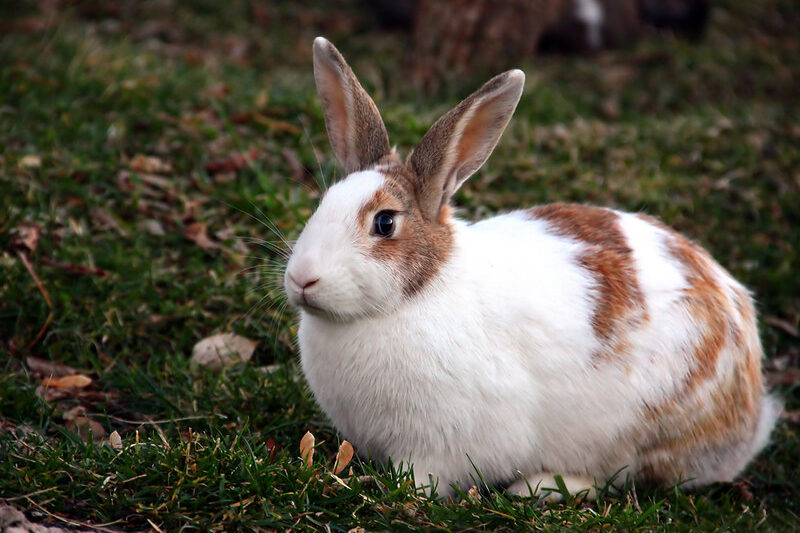
Rabbits were symbols of fertility, renewal, and seasonal growth. Their breeding cycles coincided with the arrival of spring, so their presence reassured farmers that families and crops would thrive. People interpreted rabbits as good omens, and they often inspired local folklore celebrating life and abundance. As societies moved away from agricultural awareness and became more urban, rabbits’ symbolic role shifted. They are now often seen as pests or kept as pets, and the original connection to seasonal luck has faded. The gentle reminder of natural cycles that rabbits once provided has mostly survived only in cultural traditions like holiday imagery.
10. Dogs as Luck in Travel and Safe Passages

Before modern roads and transportation, traveling was risky, and dogs were valued as companions who improved safety and guided their owners. People believed a dog’s presence brought protection and good fortune on journeys, making them symbols of loyalty and luck. As travel became more structured and safe, the symbolic association of dogs with luck faded. Dogs remained protective companions, but their image as a travel guardian disappeared. The shift reflects how the meaning of animals changes when human environments evolve. Dogs continue to provide comfort and companionship, but their role as a symbol of luck in travel is now largely a memory.
11. Roosters as Sunrise and Protection Symbols
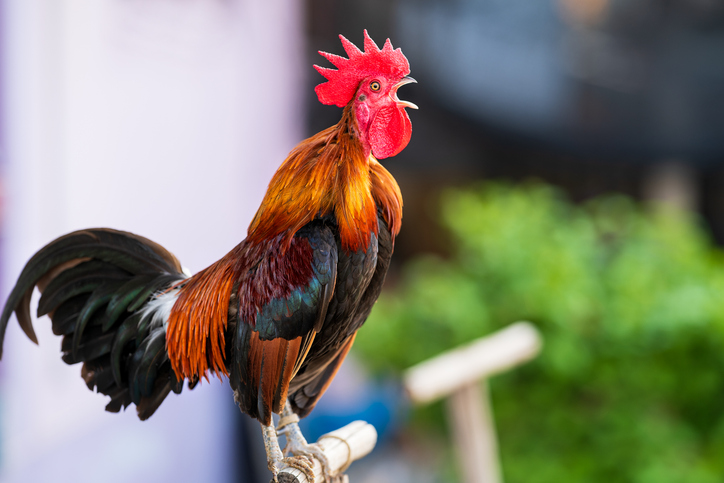
Roosters were once valued for more than their crowing; they signaled sunrise, structured daily life, and were thought to ward off evil spirits. Their call was a symbol of routine, vigilance, and hope, helping people feel secure and guided. As mechanical clocks, artificial lighting, and urban living replaced natural timekeeping, roosters lost their symbolic importance. The once reassuring morning signal became a nuisance in some regions. The shift shows how technology and lifestyle changes can replace traditional sources of meaning, and how an animal that once shaped human routines can gradually become a background figure in cultural memory.
12. Horses as Status and Strength Symbols
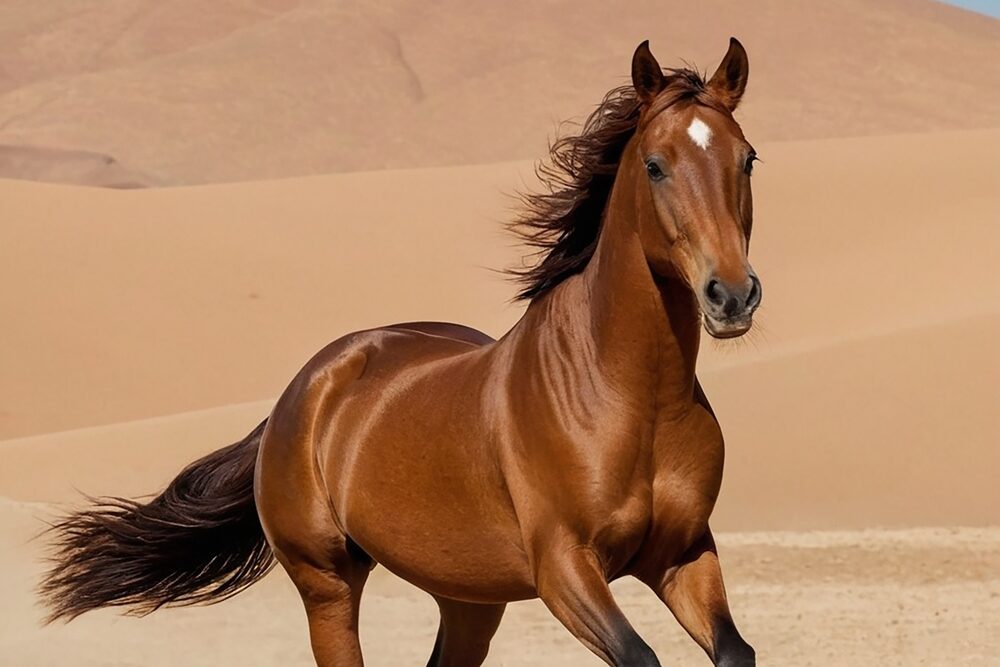
Horses symbolized status, strength, and mobility. Owning a horse meant access to labor, trade, and social influence, making them central to household fortune. They were admired not only for their power but also as symbols of opportunity and security. With the arrival of engines and modern transportation, horses became less essential for practical purposes. Their symbolic meaning shifted from a mark of daily luck and survival to one associated with recreation and prestige. Horses continue to inspire admiration and cultural significance, but the everyday luck and reliance that once defined their role has faded as societies evolved toward mechanized movement.
13. Crabs as Tidal and Safety Markers
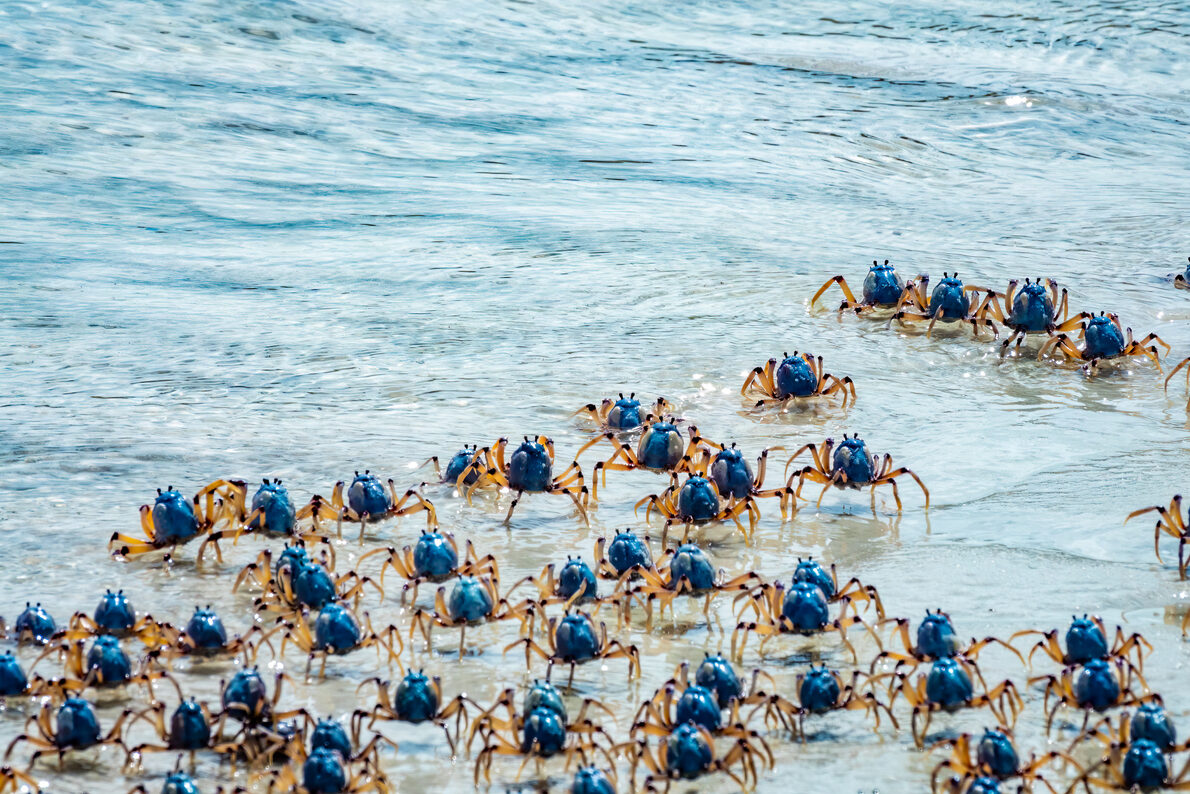
Coastal communities once observed crabs carefully, believing their movements could indicate tides and approaching storms. Crabs became practical symbols of safety and fortune, guiding fishermen and coastal families. Their behavior helped humans anticipate environmental changes and make crucial decisions for survival. Modern technology, such as radar and weather stations, replaced these natural cues, and the symbolic role of crabs as markers of luck and warning diminished. Today, crabs are appreciated mostly for food or recreation, and their former cultural significance as protectors has faded. This change shows how human reliance on natural indicators shapes the perception of animals over time.
14. Owls Once Seen as Wise Messengers
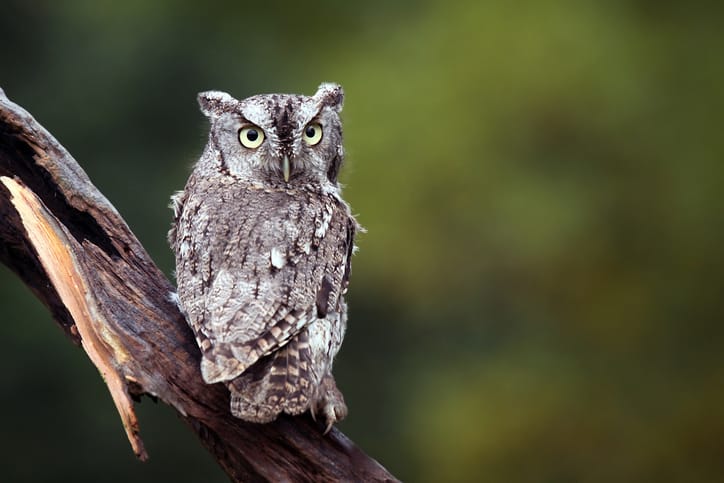
Owls were once symbols of wisdom, calmness, and knowledge. Their quiet observation of the night made them revered messengers in many communities, associated with insight and understanding. Over time, cultural narratives shifted, and owls became linked to ominous messages, superstition, or even death. The animal itself did not change, but human interpretation of its behavior did. This transition demonstrates how society can transform an animal’s meaning through story and belief. Owls remain admired for their beauty and mystery, but the comforting symbolism of wisdom and guidance has been replaced in many cultures by a sense of foreboding or caution.
15. Butterflies Symbolizing Good News
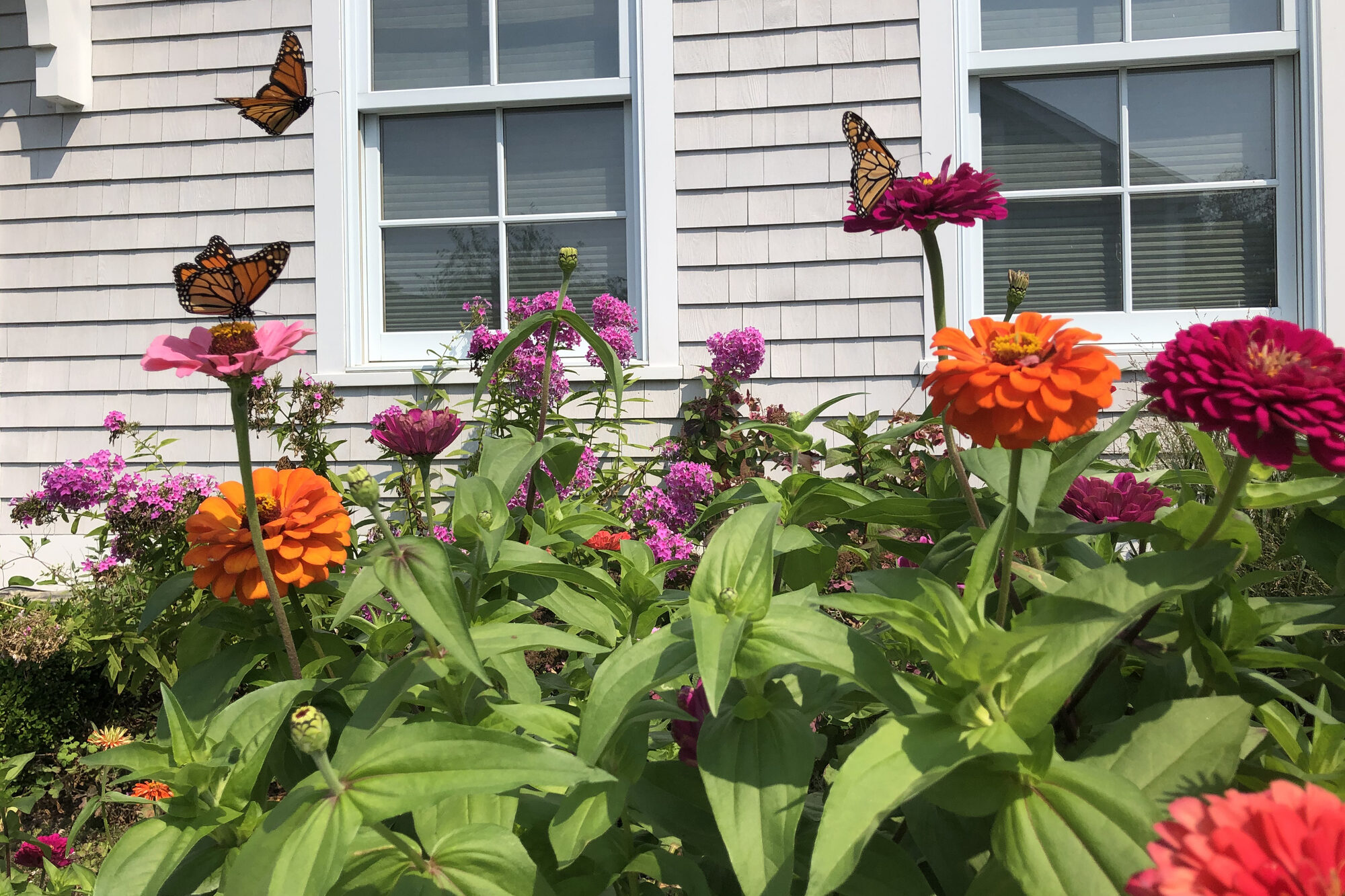
Butterflies were once celebrated as symbols of good news, blessings, and transformation. People interpreted a butterfly landing nearby as a gentle message of upcoming change or happiness. Their delicate presence reminded communities of hope, renewal, and the beauty of life. As modern communication and rapid daily routines replaced these small signs, the symbolism of butterflies became less central to everyday life. Today, they are often appreciated poetically or aesthetically, but few experience the old cultural belief of receiving news or fortune from a butterfly. The shift reflects how the pace and context of life can change the way humans perceive natural signals.
16. Dolphins as Safe Voyage Companions

Sailors once believed that dolphins swimming alongside ships brought calm seas and safe journeys. Seeing a dolphin was considered a blessing, a living sign that nature was guiding and protecting travelers. As maritime travel industrialized and human observation of marine life became less common, the symbolic meaning of dolphins faded from daily life. Today, dolphins are admired and loved for their intelligence and beauty, but their cultural role as good luck indicators on voyages has largely disappeared. This change highlights how human interaction with animals shapes the persistence or loss of traditional beliefs over time.
17. Turtles as Household Guardians

Turtles were often used as household symbols to attract stability, protection, and longevity. Families placed carved turtles near doorways or gardens, believing they could guard the home and bring good fortune. As architectural styles changed and symbolic decorations became less common, turtles lost their practical role in daily life. Their representation shifted from functional good luck charm to decorative motif. Despite this, the image of the turtle still carries ideas of patience, grounding, and endurance. The transition shows how cultural interpretation and lifestyle changes can transform the meaning of an animal while the creature itself continues its natural life unchanged.
18. Storks as Symbols of Family Continuity

The belief that storks delivered babies comes from observing their strong pair bonds and tendency to nest near human dwellings. They were seen as protectors of family continuity and symbols of fertility. As urbanization and modern housing pushed storks away, this symbolism became part of folklore and storytelling rather than everyday life. Children still enjoy the idea in stories and celebrations, but few people connect the bird directly to family luck. The stork remains a charming figure, but its role as a living symbol of household prosperity has been replaced by imagination and tradition, demonstrating how changes in environment affect the meaning of animals.
19. Why the Meanings Shifted

Animals did not lose their symbolism; human lifestyles changed and the direct relationships with them faded. As people moved indoors and daily life relied less on agriculture, natural rhythms, and animal interactions, the messages these creatures once carried became less obvious. Storytelling transformed from instruction to entertainment, and symbols of good fortune became abstract ideas rather than practical guidance. Despite this, animals continue to live, interact, and communicate within their environments as they always have. We have simply stopped paying attention. Remembering their old roles can reconnect us to nature, invite reflection, and inspire a sense of wonder in everyday life.
This story 19 Animals That Used to Be Seen as Good Luck Until Cultural Beliefs Shifted was first published on Daily FETCH


